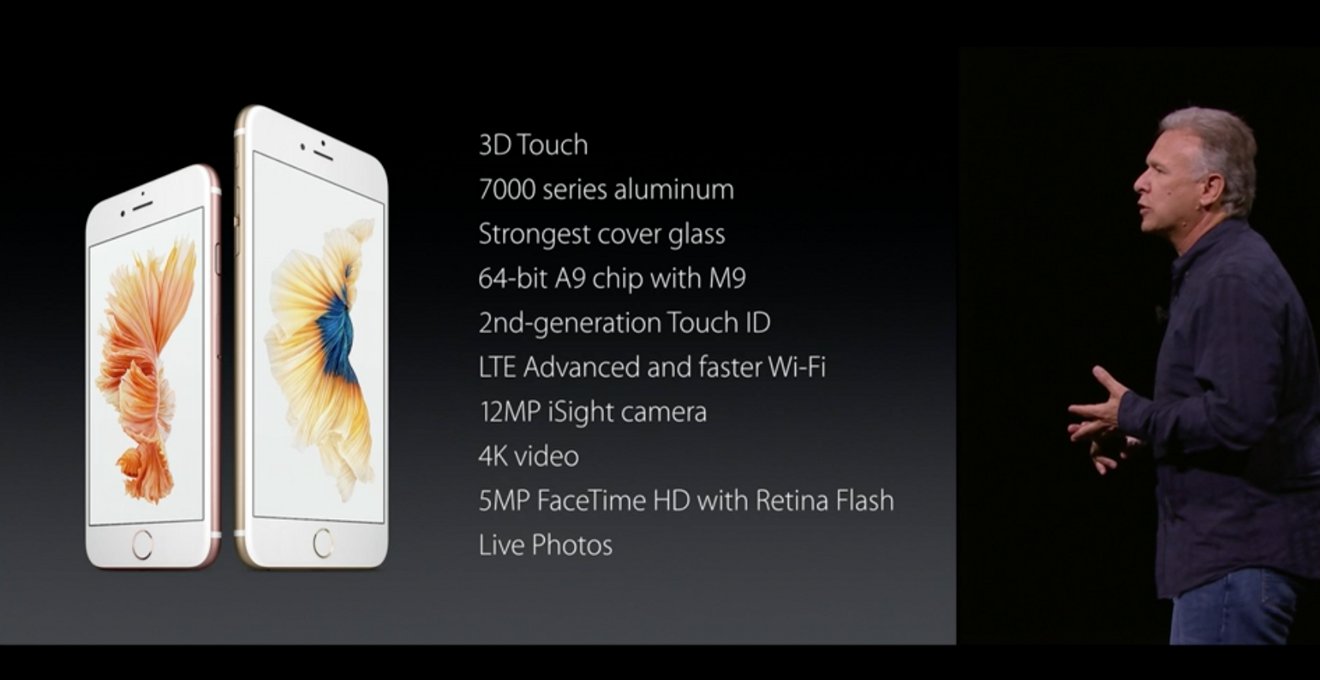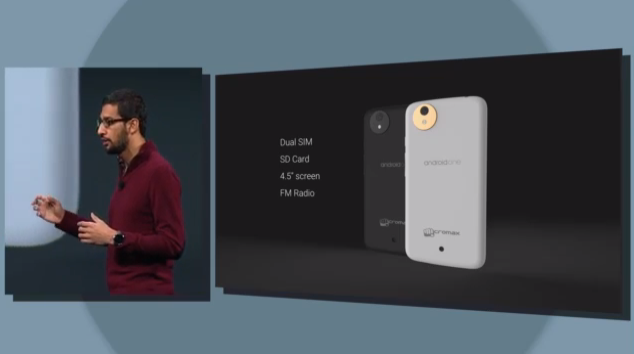Google looking for chip partners to enable Android to compete with Apple's A9 chip
Google has plans for series of chips it wants to co-develop with hardware partners to help standardize Android and make it more computationally competitive with Apple. However, the effort is considered a long shot by people in the chip industry.
Google wants Android more like Apple
A series of reports by Amir Efrati for The Information detail Google's concepts for making Android more competitive with Apple.
Apple has increasingly expanded its customizations of the Application Processors it uses in products like iPhones and iPads, enabling deep integration between the way its iOS software works and the hardware it runs on.
Once promoted as a "feature," it is now clear that Android's broad hardware fragmentation across different processors, mobile baseband chips, cameras and other sensors is preventing Google from quickly and effectively rolling out competitive functionality.
In negotiations with chipmakers, Efrati wrote that Google in particular wants more sophisticated camera processing, enabling features such as faster photo capture and the ability to constantly record the environment, sending images and video to Google for cloud-based analysis.
Google also wants more onboard processor memory, and an improved motion processor like Apple's M9, which allows for power efficient monitoring of sensors and "always on" Siri. The company is also said to be wanting to add in infrared sensors to measure distance.
One obstacle to the plan, as noted by Efrati: "Profit margins of Android handset brands are already severely pressured, so that can be a tough sell when the less-powerful chips are good enough.""Profit margins of Android handset brands are already severely pressured, so that can be a tough sell when the less-powerful chips are good enough" -Amir Efrati
Google's hopes to turn chipmakers into commodity producers is also an aggressive concept. "Persuading chip makers to use designs put forward by Google seems like a long shot to people in that industry," the report noted.
"The top vendors, such as Qualcomm and MediaTek, are likely to value their own technology over IP developed by others, either because they make money from licensing their own tech; they don't want to depend on a third party like Google; or they wouldn't want to churn out a product that might be identical to one that's produced by other Google partners."
Any attempts by Google to control chipmakers and dictate its own designs may also expand the scope of its current antitrust investigations, both in the U.S. and in Europe.
Google has faced partner opposition to its strategies before, including plans to subvert MPEG H.264 and H.265 standards with its own WebM/VP8 and VP9 video codecs.
The failure of Android One
Last year, Google's new chief executive Sundar Pichai outlined Android One, his signature new strategy targeting the emerging Indian market, aimed at creating low cost but high quality phones running a new standardized Android reference platform for "the next billion users."
Working with partners, Google was able to design a functional $100 product running the latest Android 6.0 Marshmallow. However, as noted by Ars Android specialist Ron Amadeo, "the program was a commercial flop."
"Google started with online-only sales for three months, which angered local retailers," he noted. "This also cut Android One off from customers, since most phones in India are sold in small shops. Google's control over the program angered OEMs, who would rather pick from a wide variety of components and vendors to maximize profit.
"As a result, OEMs don't advertise the devices (though Google does) and don't care too much about selling them. One Indian Android One OEM, Micromax, bailed on the program after two months and signed a deal with Cyanogen Inc."
Android nOne
While unpopular among partners, the restrictions in the Android One specification "are what made it good," Amadeo wrote.
"From the perspective of an OEM racing other OEMs to the bottom, the hardware needs to be as cheap as possible, performance be damned. The pack-in software is ad space to sell to the highest bidder to reclaim some margin, and updating the software after the sale is an unnecessary expense," he added, outlining why Android has so many problems it the first place.
Google is now relaxing its Android One specification, allowing OEMs "more freedom" in components, pricing and features.
A report by the Wall Street Journal cited one Indian phone maker executive as saying, "Google's new flexibility on Android One hardware requirements leaves little difference between the program and just producing regular Android phones."
In particular, Google has dropped requirements that originally stated that Android One phones would get timely software updates directly from Google, similar to how Apple rolls out iOS updates to all iPhone users. Instead, Android One phones will continue to get software updates through their OEM.
That status quo has played a big part in preventing most Android users from being able to upgrade to the latest version of Android even a year after it reaches the market, and has prevented Google from being able to patch most of its users from serious security failures in a reasonable time frame, resulting in what civil liberty proponents have deemed a "digital security divide".
 Daniel Eran Dilger
Daniel Eran Dilger












 Malcolm Owen
Malcolm Owen
 William Gallagher and Mike Wuerthele
William Gallagher and Mike Wuerthele
 Christine McKee
Christine McKee
 William Gallagher
William Gallagher

 Marko Zivkovic
Marko Zivkovic









